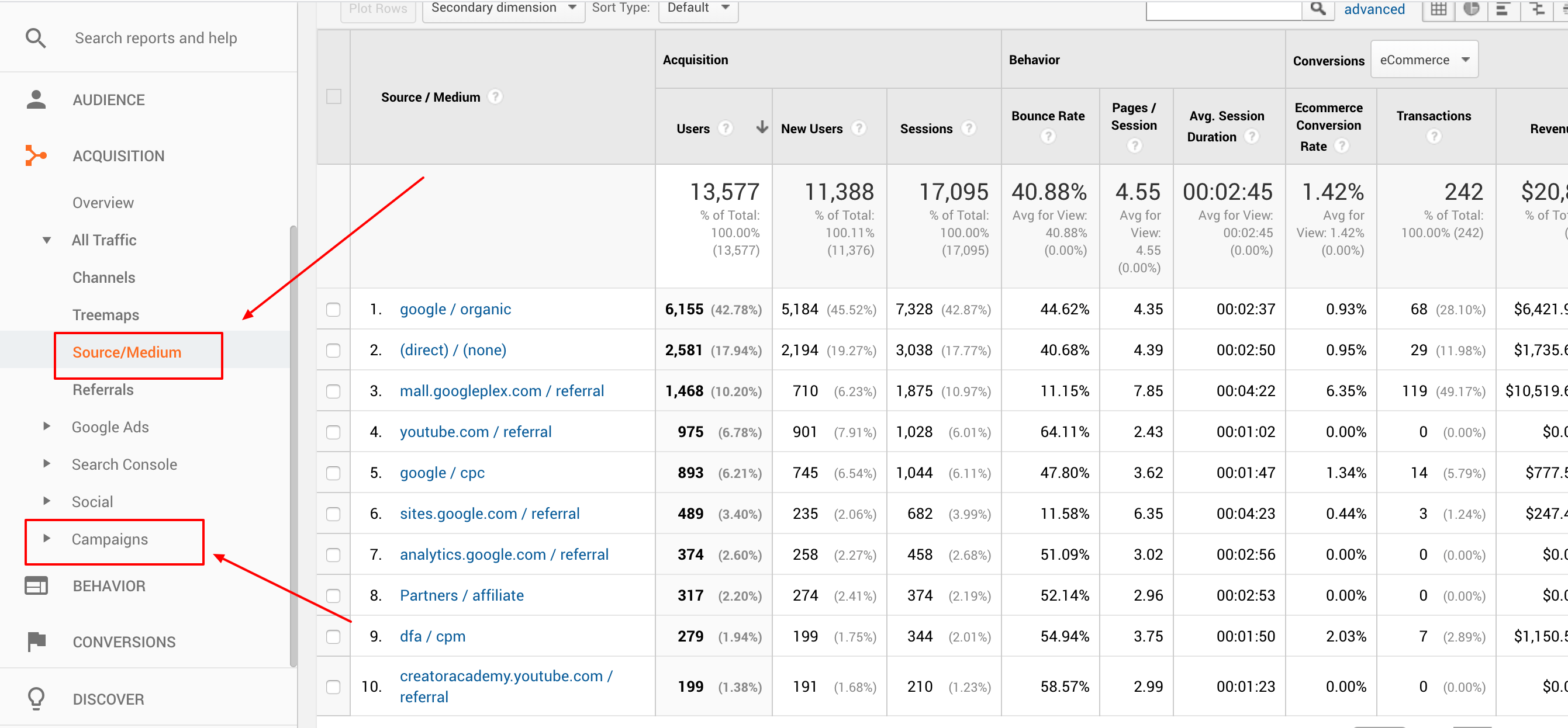What is a UTM code?A UTM code is a snippet of simple code that you can add to the end of a URL to track the performance of campaigns and content. There are 5 variants of URL parameters you can track - source, medium, campaign, term and content. Dimensions you track via UTM codes show up in your analytics reports to give you a clearer insight into marketing performance. UTM stands for "Urchin Traffic Monitor". This name comes from Urchin Tracker, a web analytics software that served as the base for Google Analytics. A UTM code looks something like this: https://yourwebsite.com/your-post-title/?utm_source=google The part bolded after the domain name starting after '?' is the UTM code. This particular code tracks who sent the traffic to the page (i.e. the source). How to Add a UTM Code to Your Bloomtools Email CampaignsFirst of all you will need to ensure that you have Google Analytics setup on your website. If you do not have it setup click here to find out how, or please contact your franchisee for further help. There is no techincal knowledge or any setup needed to add UTM Tracking to your email campaigns, our database system is designed to add these for you, all you have to do is turn on the tracking in your Bloomtools account and that's it. To turn on the tracking follow the below steps: - Sign into your Bloomtools account
- Go to "Settings" in the top right of the screen
- In the left settings menu go to "Database Marketing" > "General"
- In the General section you will see an option at the bottom that says "Add Google UTM Tracking to links"
- Select "Yes" from the drop down options.
And that's it, from now on any email campaign you send out that has links in it will track where the website visitor came from. How to Track the Performance in Your Google Analytics AccountThere are a few different ways you can track the performance in Google Analytics: - Create a custom report under "Customization" > "Custom Reports". Add Medium, Campaign, or Source as a dimension and the metrics you want to view.
- Go to Acquisition -> Overview -> All Traffic -> Source/Medium to view traffic
- Go to Acquisition -> Campaigns -> All Campaigns to view traffic based on your custom campaign names.

| )
)
)